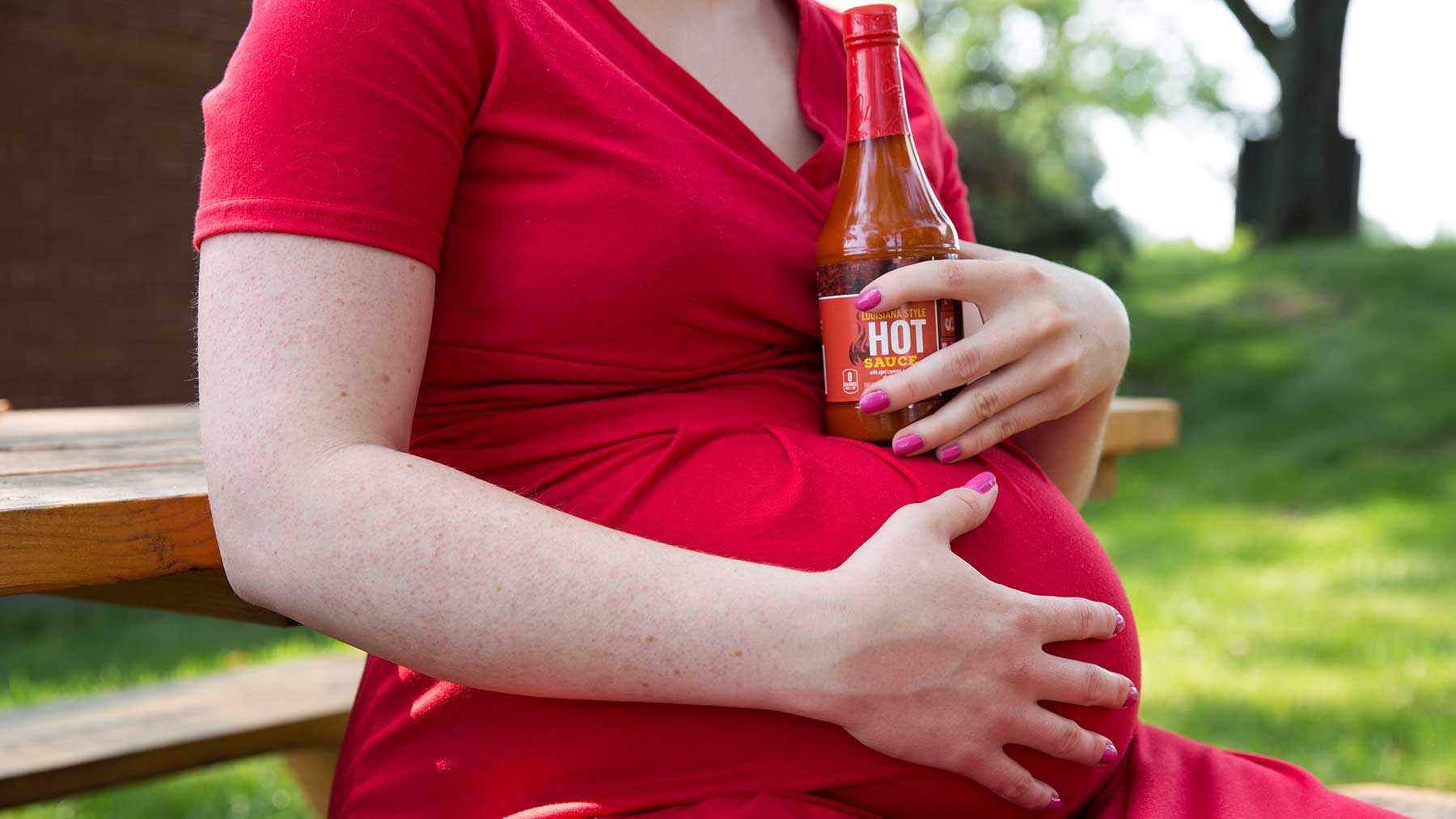Old wives’ tales about inducing birth – some work, most don’t
 As a longtime obstetrician, I’ve heard plenty of questions from pregnant patients eager to try to jump start their labor and delivery. In my latest book, What to Believe When You’re Expecting: A New Look at Old Wives’ Tales in Pregnancy, scheduled to publish in October, I take a closer look at this so-called “obstetrical folklore.”
As a longtime obstetrician, I’ve heard plenty of questions from pregnant patients eager to try to jump start their labor and delivery. In my latest book, What to Believe When You’re Expecting: A New Look at Old Wives’ Tales in Pregnancy, scheduled to publish in October, I take a closer look at this so-called “obstetrical folklore.”
Women who are nearing the end of their pregnancy and are unwilling to put up with discomfort any longer may be willing to try folk beliefs about inducing labor, even though such recommendations often have little scientific merit and may not be what is beneficial for the fetus.
Earlier in my career, I surveyed 102 patients receiving care at a group of Midwestern prenatal care clinics to learn more about exposure to certain folk beliefs and recommendations about inducing labor. Results of that study, including to what extent each of these old wives’ tales was believed, are published in the journal Birth.
Of those surveyed, 65 percent believed that frequent walking could help, while 47 percent were sure that engaging in vaginal intercourse would do the trick. Another 31 percent believed in heavy exercise, while 14 percent were willing to try laxatives like castor oil. Other ideas those surveyed had believed included nipple stimulation, spicy food, fright, starvation, enema and herbal tea.
Here is a closer look at a few of the most common folk beliefs to help induce labor and hasten delivery, and why these generally are not recommended.
Having sex?
The majority of research does not support this idea as helping to jump start labor and delivery. In one study, cervical exams of women who did and did not engage in sexual intercourse were compared weekly at the very end of their pregnancies. The women who were sexually active delivered their babies three days later than those women who refrained from having sex.
Eating spicy food?
It’s easy to find women willing to try eating spicy Chinese dishes, Indian food or eggplant parmesan to try to help start contraction. The idea is that eating spicy food may irritate the gut, resulting in forceful contractions to help move the food along. One study asked a group of women who had been admitted to the hospital because of preterm labor (before the baby was ready to be born) what factors they had been exposed to during the previous 24 hours. The factor with the strongest association was eating something spicy. Skipping a meal was also noted to increase the odds of going into labor.
Stimulating nipples?
Several studies have supported this theory. When comparing women who stimulated the nipples during a medical induction of labor with those who relied on medicine alone, researchers demonstrated a positive effect on both the success of induction and length of labor. However, this technique may work too well, causing the excessive contractions that are very powerful and possibly harmful to the fetus. Because of this, nipple stimulation should not be recommended unless under proper medical supervision.
Other myths?
Many other nonmedical ways have been suggested to help bring on labor, including herbal teas, aromatherapy, reflexology and hypnosis, but none have been proven effective. In most cases, there’s not much women can do to change the preordained time for their children to be born. Labor remains very much a mystery.
Just keep in mind that none of these methods are medically sanctioned, and it is always a good idea to check with your prenatal provider prior to trying any intervention that might bring on labor.

